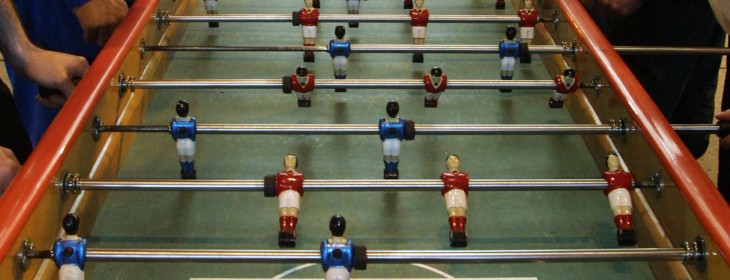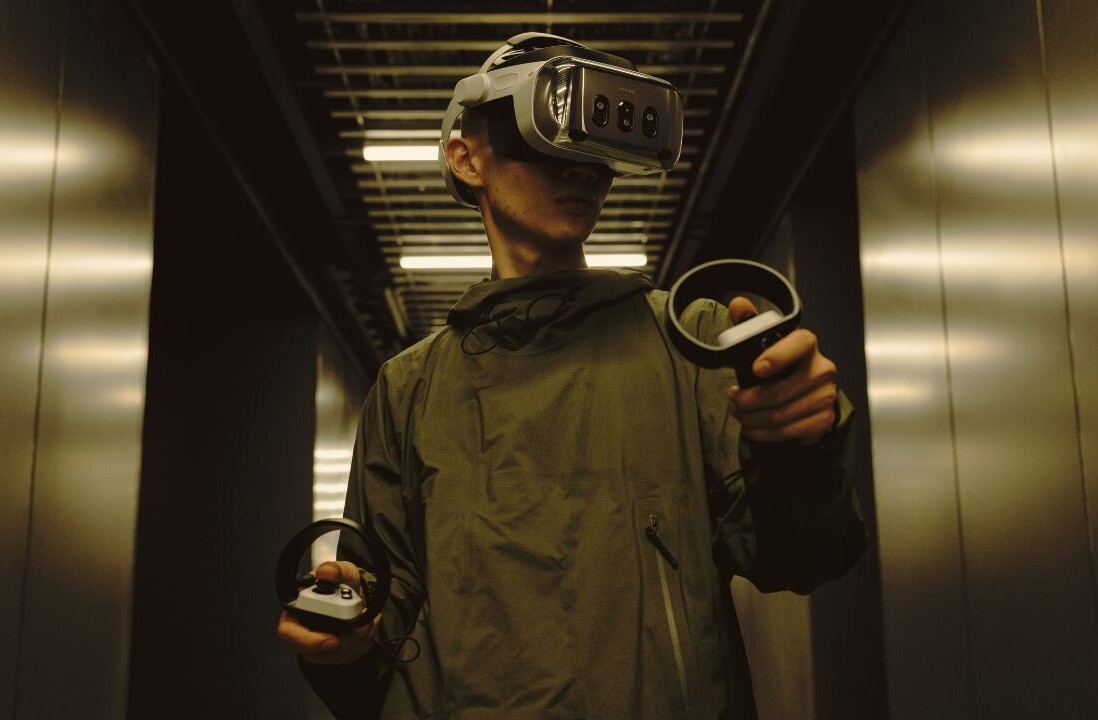
Jerry Jao is the founder and CEO of Retention Science.
The widely accepted “dream job” of many engineers is to work for a Silicon Valley tech giant such as Google, Facebook or Twitter.
So I wasn’t surprised when, last summer, our intern Vedant told us that he had received a full time job offer from Apple. I knew that, like many aspiring engineers, it was his “dream job,” but at the same time, I believed that my company, Retention Science, could provide him with a different (but no less valuable) type of opportunity.
Before I offered him a job, I tried to think about what would be the best for him. The position at Apple would probably offer more stability, security, and prestige – important benefits for a first generation immigrant from India. Given his circumstances, I made the tough choice not to offer him a job because I didn’t want to complicate his job decision and stand between him and his dream.
Last month, when Vedant emailed me out of the blue, I was prepared to hear the typical life updates. I was wrong.
Though it had only been eight months, Vedant expressed his deep desire to join Retention Science again as a full time employee, and he asked whether I would consider hiring him.
It was a truly humbling moment.
Up until that point, I had never considered that he would want to leave Apple to return to our company. But here he is, a month later, transitioning smoothly into his new role with us, picking up right from where he left off.
At the end of his first week as a full-time employee, Vedant told me that “this had been the happiest five days” this year. Those words stuck with me through the weekend, over the course of the next several workweeks, and they remain indelibly etched in my mind even now.
It reminded me of my personal goal to create the best work environment possible because my team deserves it. More importantly, I once again learned of the need to earn the right to work with my team, the most talented and passionate group of individuals whom I’ve had the privilege to work with across all three companies that I’ve founded.
I have always tried to shape our company in a positive way, but it wasn’t until Vedant opted to re-join us that I appreciate the value of a positive company culture even more.
Many CEOs and other business leaders assume that the purpose of a company culture is to promote a comfortable workspace that fosters productivity. But in my experience, the true beauty of a company culture is the ability to make a company more than just a company; it is the chance to make the office a home, to make employees friends and to make the team a family.
For us, we emphasize that this is not just a job; it’s a journey, an experience that you share with people whom you cherish and respect.
I emphasize several messages with my team, but three resonate particularly strongly.
First and foremost, the employee comes first.
The CEO or founder may be the grand architect with the overall vision for the company, but it is truly the team that makes it succeed.
One of the most well-documented psychological trends regarding successful businesses has been the importance of feeling included. Employees want to feel like they are a significant part of the “big picture,” and they need to feel that their work has made a positive contribution to the success of the entire company.
In order to affirm and validate each individual’s importance, we have weekly company-wide meetings to give our staffers the opportunity to outline their biggest achievements of the past week, as well as the larger impact on the company. My goal is to create an opportunity for my team to learn about what else is going on in other departments of the company, to improve communication and increase transparency across different departments.
Putting employees first is not limited to the office. Sponsoring company lunches, providing individually tailored company gear (like clothing with each person’s nickname embroidered on it), and hosting social events such as surfing lessons, weekend trips, and BBQs all serve the same purpose.
Of course, circumstances differ from company to company, but we try our best with the resources at our disposal to make our team understand how much they are appreciated.
Perhaps most importantly, I’ve found that it’s important to take the time to meet with each and every one of my team on a regular basis. Whether we discuss work-related concerns or not, by talking with my staff, I improve the company’s transparency and can get to know my employees better, making it easier to work with them.
Which leads to my second point.
I always emphasize that Retention Science is a family. Though we may have spouses and children outside of work, I want my team to know that we are building a second family in our home-away-from-home.
We host frequent team events to give our staff the opportunity to bond outside of the workplace. After all, professional cooperation is strongly facilitated by personal amicability, so building a great social dynamic is an integral part of any company culture.
I’ve found that as operations scale, it becomes more difficult for employees from different departments of the company to interact and get to know each other on a more personal level. To bridge the gap, we put together activities that encourage (and even mandate) that they mingle with each other.
Much like with the company-wide meetings, encouraging cross-departmental interactions facilitates the overall cohesion of the company by increasing transparency and giving my team a better understanding of our business model as a whole.
And finally, the culture is created by everyone.
For all the talk about the optimal components of a company culture, it is not a single person’s creation. Everyone contributes to the shape and direction of our culture, and the cumulative wants and needs of our team members continually alter it.
Because of our flat organizational structure, we strongly believe that everyone is equally-valued, and we try our best to enforce this belief by allowing our employees, regardless of their experience or background, to contribute to shaping the culture that they want our company to reflect.
Through all of our company’s changes over the years, one thing has remained constant – our culture and commitment to our team. It is this culture that keeps our team together, happy and continues to bring us talented new employees. That makes us the company we are today.
I can’t say that Apple’s company culture does not follow the above advice. There is no “rule” on how to make culture fit with each individual, you just have to commit and do your best to make employees feel as though they do have that “a dream job.”
I learned that from Vedant.
Read next: Critique vs. criticize: The lost art of candor in the workplace
Get the TNW newsletter
Get the most important tech news in your inbox each week.








